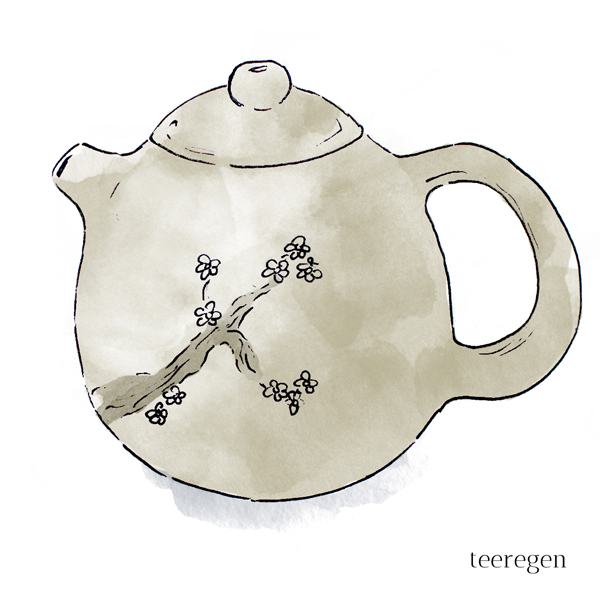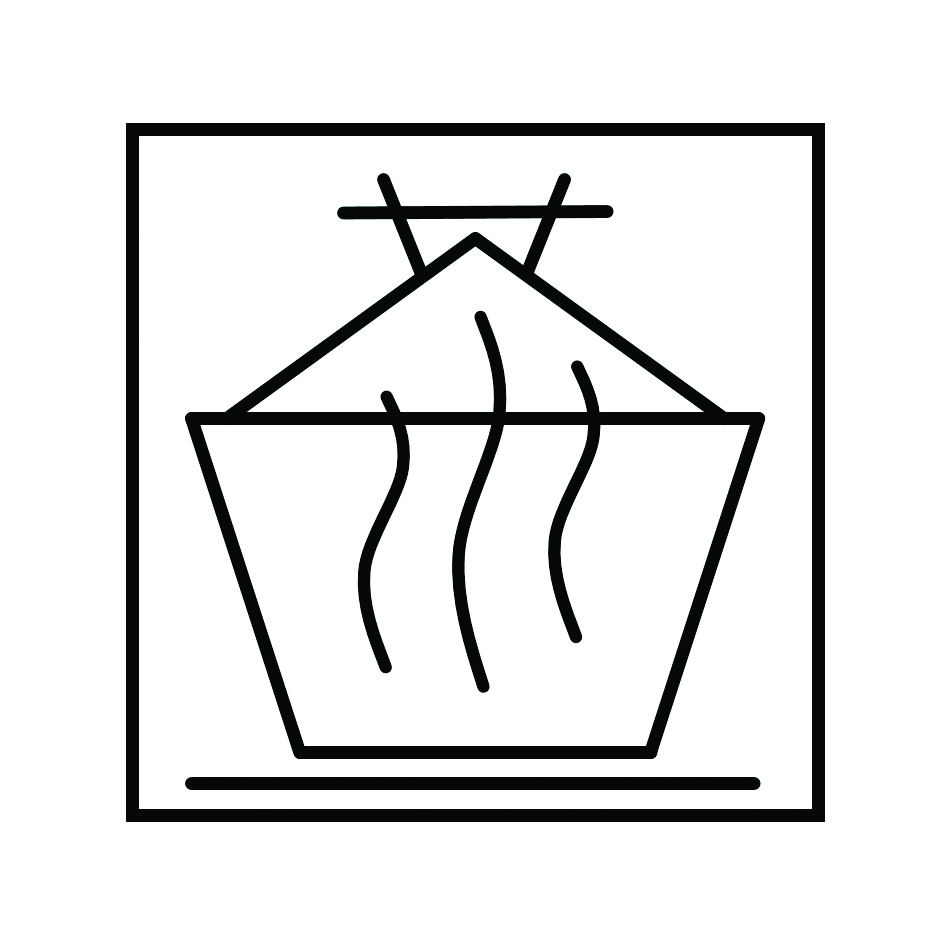A dragon egg, a pomelo and a concubine walk into a (tea) bar…

龙蛋
–
longdan
–
dragon egg
As I mentioned before in a post, some teapot shapes are quite similar, to the point where they are difficult to distinguish from one another.
While the longdan 龙蛋 (dragon egg), wendan 文旦 (pomelo) and xishi 西施 (four beauties) teapots are different, the shapes are related to one another. To add to the confusion, the dragon egg teapot is also sometimes written as longdan 龙旦 because of its similarities to the pomelo…
The dragon egg teapot is an older design from the Ming Dynasty. It has a round body (ellipse) that is slightly vertical. Like a dragon egg, the bottom side is heavier than the top. The dragon egg can have different heights, the shorter ones are called wendan teapot because they look like a pomelo (some also say that there was a potter named wendan). The pomelo pot is a bit more triangular in shape than the dragon egg and xishi. The xishi teapot shape is also like a short dragon egg but rounder. All three teapot shapes feature an ‘inverted handle’ that droops downwards and gets thicker towards the bottom.
A longdan teapot has a great volume to surface ratio, with good heat retention properties, making it suitable for tea sessions with longer brewing times.
Get yourself some ‚Teapot Shapes I‘ postcards!
LY
